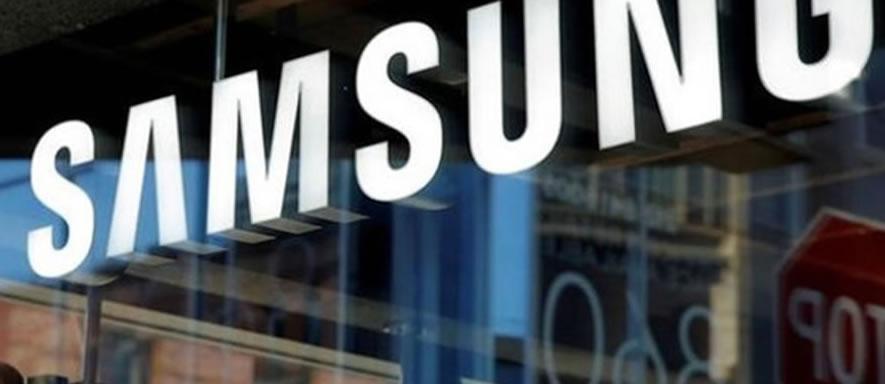South Korean conglomerate Samsung Electronics has announced its plans to invest 21.4 trillion won ($18.6 billion) into South Korea in an effort to strengthen and extend its lead in memory chips and next-generation displays for smartphones. Samsung has claimed that the investment could create up to 440,000 new jobs from now until 2021 – which would significantly boost the South Korean economy.
Samsung is the world’s largest chip maker by revenue and has indicated it intends to invest 14.4 trillion won by 2021 in its new NAND factory in Pyeongtaek. In addition to this, it disclosed that it plans to invest 6 trillion won in a new semiconductor production facility in Hwaseong, but declined to elaborate further on the timing or product.
Samsung will also develop a new production line to its NAND plant in Xi’an, China, which investment analysts have suggested is in response to booming demand for long-term data storage chips. However, it has thus far not set an investment amount or time frame.
Industry experts have predicted that Samsung and other leading memory makers will post record profit in 2017 - caused primarily due to a persistent shortage and demand for more capability in smartphones and servers increase prices. Industry sources and analysts said the shortage is more acute for NAND chips due to increasing adoption of high-end storage products.
Analysts have also claimed that Samsung’s production technologies are much more mature and are at least a year ahead of its rivals such as Toshiba and SK Hynix. Samsung invests more than $10 billion in semiconductors on an annual basis, which has provided the foundations for Samsung to take the lead, and according to analysts this latest investment strategy will only widen the gap even further.
Samsung and its rivals Toshiba and SK Hynix has committed tens of billions of dollars to boost NAND output in recent years, yet analysts and industry sources have said that they believe shortages will persist through 2017 and new facilities created will not make any meaningful supply contributions until next year. However, some have suggested that additional capacity could lead to oversupply in early 2018, but that price crashes are unlikely as smartphone makers opt for greater internal storage.
"I believe NAND market conditions will continue to favor suppliers until 2020," said HMC Investment analyst Greg Roh. Any oversupply issues will be temporary and limited to seasonally weaker periods, he said.
Samsung's investment plan comes on the back of South Korean President Moon Jae-in plea for local businesses to create more jobs and help reinvigorate the economy. In China, some South Korean firms have suffered from sales decline or have been forced to scale down operations due to retaliatory measures from Beijing over the deployment of a US anti-missile defense system outside Seoul. However, China smartphone makers remain one of Samsung’s biggest customers and are among its biggest buyers of memory chips and displays.





